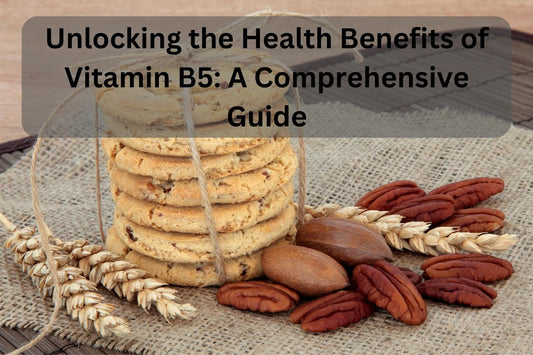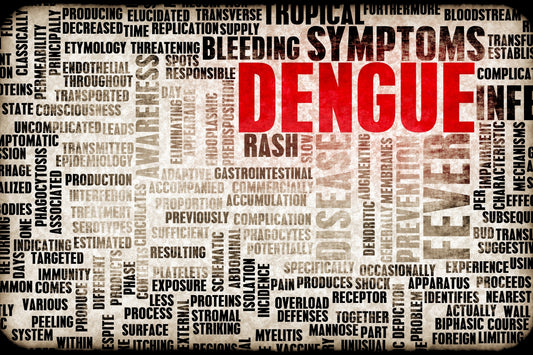- ROS and MSM's Antioxidant Effect: Our cells need a certain amount of ROS (reactive oxygen species) to work properly, but too much can be harmful. MSM was found to act as an antioxidant, which means it helps control ROS. It does this by affecting the mitochondria, which are like the powerhouses of our cells.
- MSM and Transcription Factors: MSM influences some cellular switches called transcription factors. These switches control the balance between ROS and antioxidant enzymes. Four important ones affected by MSM are NF-κB, STAT, p53, and Nrf2. These transcription factors are also influenced by ROS themselves.
- NF-κB and Reduced ROS: MSM can decrease the activity of NF-κB, which leads to lower production of enzymes and cytokines that generate ROS. This helps reduce the levels of harmful ROS in the cells.
- STAT Pathway and Lower ROS: MSM can also lower the activity of STAT, a pathway that controls genes involved in various cell processes, including ROS production. Lowering cytokine levels with MSM might contribute to this effect.
- p53 and ROS Balance: In certain cells, MSM reduces the levels of p53, a protein that has a dual role in managing ROS. It acts as an antioxidant when ROS levels are low and as a pro-oxidant when levels are high. MSM seems to promote the antioxidant role of p53, which helps in maintaining a healthy balance of ROS.
- Nrf2 and Antioxidant Enzymes: MSM helps Nrf2, another protein, move into the cell's nucleus. Nrf2 is known for turning on genes that produce antioxidant enzymes. This further supports the cell's ability to handle ROS.
In simpler terms, MSM seems to help our cells manage ROS (those reactive molecules) by influencing various cellular switches and pathways. It can reduce the harmful effects of excessive ROS and promote the action of antioxidants within the cells, helping maintain a healthy balance.



